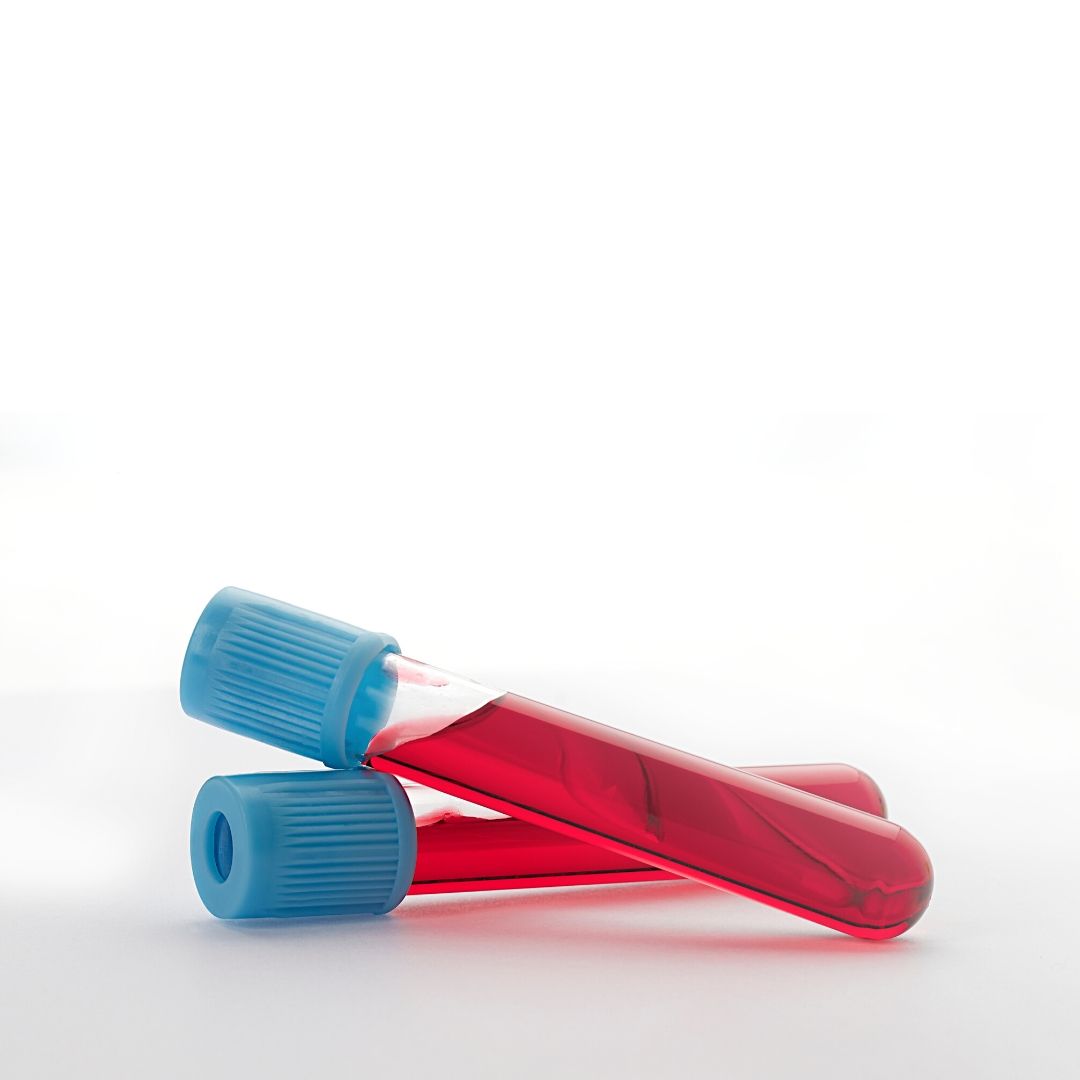Platelet-Rich Plasma Therapy is a newer treatment approach for soft tissue injuries, such as tendinopathies, muscle strains or ligaments strains. Although it has been used successfully in the treatment of many high-profile athletes, studies and clinical trials are still ongoing into its efficacy and full range of its potential uses. The process involves taking the patient’s own blood, processing it to isolate the platelets, and then injecting this into the injured area.
What Is PRP Therapy?
So what exactly is the full PRP process, and why does it work? A typical blood specimen consists of 93% red blood cells, 6% platelets and 1% white blood cells. Once the blood has been extracted from the patient, it is spun in a centrifuge in order to isolate the platelets and separate from the majority of the red blood cells, aiming to reduce these to 5% and the platelets to 93%. Platelets have many roles, the predominant one being to help built a clot in a cut to avoid excessive bleeding. Their proteins help wounds to heal, so the theory behind PRP is essentially to inject a higher concentration of platelets into an area with inflammation or tissue damage to encourage the area to heal faster. This is particularly beneficial for tendon injuries or chronic tendinopathy cases, which have had the best results so far in current studies.
What Is The Role Of Platelets?
Immediately following an injury that caused bleeding, platelets group together and release granules containing growth factors, or healing proteins, to stimulate the inflammatory and healing process. With most soft tissue injuries, there will be bleeding but not necessarily an open wound; a tendon, muscle or ligament can bleed internally. Inflammation is the first part of the healing process, the repair phase will follow this quite swiftly otherwise the pain and immobility that often comes with the initial inflammation phase may continue and lengthen the recovery process. When this happens, an injury becomes chronic.

Referred pain from the neck
It could also be likely that if you’re experiencing pain in your mid-back, it could be caused as a result of a dysfunction with the vertebras in the neck. If you neck is out of alignment, this can cause degeneration in the spine to occur more quickly – as more pressure is being put on delicate areas that aren’t designed to sustain the load. By degeneration, we mean disc dehydration or reduced disc space that occurs as a result of the discs breaking down – with typical symptoms of such changes including a chronically stiff neck or neck pain. If these changes have occurred in your neck, then looking down can squash the discs, causing inflammation and pain to refer down into the mid-back. If the discs become degenerated enough to cause compression on nerves this could cause the pain to become constant unless intervention in the form of treatment is sought out by the patient to solve the underlying cause.
What Research Exists For PRP Therapy?
As mentioned previously, PRP therapy is still undergoing research but there have been small scale studies with positive results for knee tendinopathy and osteoarthritis. The reliability of these studies is lessened due to the small sample size of the test groups, therefore larger scale studies are needed to improve the validity of PRP therapy. Despite the lack of studies, the treatment has become popular due to its use on high-profile elite athletes, particularly in the USA with basketball, American football and baseball players keen to promote it as it has been able to reduce their recovery time from injuries. When it was first introduced, the therapy was listed as a prohibited treatment by the World Anti-Doping Association in 2010, but was later removed from this list in 2011. The initial restriction was a reaction to the thought that growth factors in platelets could stimulate muscle satellite cells and increase muscle size and strength beyond normal healing. However, the various forms of PRP treatment have not been found to do this beyond normal physiological state. In a small study on its use on the scalp, PRP came back with positive results when used for hair growth in cases where the patient had lost their hair due to scalp inflammation.
What Are The Drawbacks of PRP Therapy?
This sounds like an ideal treatment, but what are its drawbacks? The composition of PRP can vary from patient-to-patient and may also vary with the device used to prepare the blood, the time taken between initial blood withdrawal and insertion, and method of storage until used. Whether the blood comes into contact with any other biology or materials will also impact the quality of the blood, as well as any environmental factors that may affect the subject’s body – such as air pollution, diet, amount of physical exercise they partake in, whether or not they smoke etc. The early studies have shown it could potentially lead to inhibited bone formation, lead to fibrous connective tissue and scar formation.
Overall, as with a lot of new medicines and treatments like PRP that are emerging, it can be difficult to know for sure if it is effective as there has only been small amounts of research into the therapy. But with time, more research and clinical trials, eventually we will know for certain if, or how well, PRP helps to reduce the recovery time of soft tissue injuries. At this moment sample sizes of trials are small, and evidence of the therapy working in athletes in purely anecdotal. It seems as though as long as the environmental factors are taken into account before trying PRP therapy, and don’t interfere with the treatment, there is good reason to believe that RP therapy can be of benefit for soft tissue injuries.
Contact Us.
Email Us
info@themayfairclinic.com
Call Us
0203 947 32 22
Clinic Address
4 Cavendish Square, London, W1g 0PG.